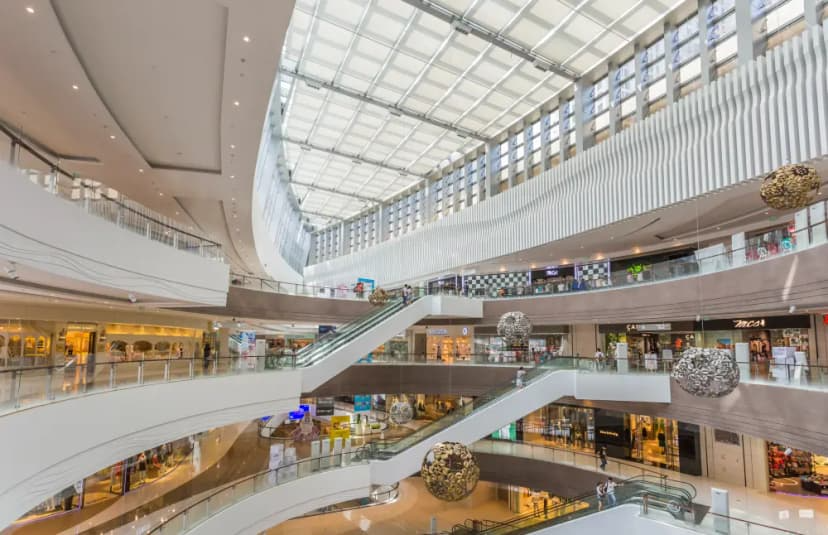Malls in the Middle East have always been known for their size, design, and luxury. But now, something new is happening. Many of these malls are starting to mix real-world shopping with the digital world.
In retail Middle East, the idea of turning malls into metaverse showrooms is picking up speed.
What Is a Metaverse Showroom?
A metaverse showroom is a digital space where people can explore and interact with products using screens, VR headsets, or even phones. It’s like visiting a store online, but much more real and exciting. You can walk through the space, look at items up close, and even see how things look on you using virtual tools. Some stores in Middle East malls are starting to use this idea to draw in both tech lovers and curious shoppers.
Why Malls Are Trying This Idea
Malls are always looking for new ways to stand out. With more people shopping online, they need to offer something different. By bringing the metaverse into real stores, malls can mix fun, tech, and shopping all in one place. Shoppers get to see new products in creative ways, and brands get to offer a fresh experience.
Blending Real and Virtual Worlds
Some stores now let you scan a QR code and see a digital version of a product in 3D. Others have large screens where you can design your own item or try it on using a virtual mirror. In some cases, you can visit the same store inside the metaverse from your home and then go to the real one in the mall. This back-and-forth mix makes shopping more playful and less routine.
Middle East Leading the Trend
Cities like Dubai, Riyadh, and Doha are already known for mixing retail with technology. It’s no surprise that malls in these places are early adopters of metaverse tools. Large brands and local shops alike are testing virtual setups to see what shoppers enjoy most.
What This Means for the Future
The idea of malls becoming metaverse showrooms is still new, but it’s catching on fast. It may not replace regular shopping, but it adds a fresh layer that can make visits more fun. For the retail Middle East scene, this trend could be the next big step in how people shop, explore, and connect with brands, both online and in person.
 Are Middle East Malls Becoming Metaverse Showrooms?
Are Middle East Malls Becoming Metaverse Showrooms?  Why Tugboat Evo Vapes Are Popular Among Vape Enthusiasts
Why Tugboat Evo Vapes Are Popular Among Vape Enthusiasts  What to Wear on a Helicopter Tour?
What to Wear on a Helicopter Tour? 